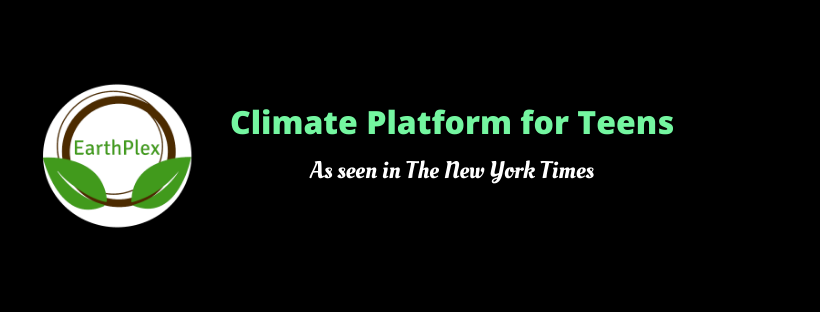Renewable Energy - The Basics
Imagine a world with limitless resources and enough energy to power everything without running out. You could have anything you wish for because, well, nothing would run out. On Earth, we are nowhere near that status, and if we ever do achieve it, it wouldn’t be for a very long time.
In fact, there is even a scale that measures how society uses energy: the Kardashev Scale. The Kardashev scale measures how much energy we can harness on a logarithmic scale from one to three. A type one society can harness the energy of a planet, a type two society can harness a star’s energy, and a type three society can harness an entire galaxy. Let me answer the question everybody wants to know: where’s Earth on this scale? You may be surprised to find out that we are only a 0.72 society. Yes, there’s a type zero. Futurism does an excellent job of explaining why Earth is a type zero society.
Definition
Now that you understand how little civilization has progressed over the past 4.5 billion years, it is time to discuss renewable energy. Renewable energy replenishes at the rate that we use it. This means that it will not deplete and can, theoretically, last forever.
Benefits
Because renewable energy replenishes at the rate that we utilize it, we don’t have to worry about when our energy reserves will deplete, unlike fossil fuels, which will not last forever. Along with this, most renewable resources are better for Earth’s atmosphere than nonrenewables, which is why they are often called clean energy. In the long term, renewables cost less money; however, startup production can be costly. Also, many forms of renewables have geographical requirements that cannot be met around the world. For example, if wind turbines were built in an area with no wind, they would not work.
Examples of Renewables
Solar power comes from the sun. Solar panels absorb the sun’s energy and can be applied to roofs on homes.
Wind
Wind energy works when wind spins turbines. Wind turbines can be anywhere (even the ocean), as long as there is open space and wind.
Hydroelectric
Hydroelectric power comes from moving water. Some dams produce hydroelectric energy.
Biomass
Biomass energy comes from plants. However, they can pollute the atmosphere. Still, they cause a lot less ozone depletion than fossil fuels.
Geothermal
Geothermal energy comes from under the ground. Power plants take hot energy from below the Earth’s surface and use it for power.
Nuclear energy is not renewable, but it's considered a form of clean energy. While controversial, nuclear power has potential. We have a post entirely about it that you can read by clicking here.
Renewable energy has the potential to change the world, and if we replace fossil fuels with them, we would make significant progress in combating the rise in global temperatures.
Get notified when EarthPlex posts about the environment with our (FREE) mailing list.

I read your post and got it quite informative. I couldn't find any knowledge on this matter prior to. I would like to thanks for sharing this article here.Commercial Solar Installation In Australia
ReplyDeleteGreat job! I'm extremely dazzled by your work towards your post for sharing such valuable data. lots of thanks for you. Solar Panels in Dallas TX
ReplyDeleteThanks for publishing such great information. You are doing such a great job. This information is very helpful for everyone. Keep it up. Thanks. Solar Carports
ReplyDeleteNice info, I am very thankful to you that you have shared this special information with us. I got some different kind of knowledge from your web page, and it is really helpful for everyone. Thanks for share it. Read more info about Roof Solar Panels
ReplyDeleteThis article provided me with a wealth of information about solar panel installation company florida. The article is both educational and helpful. Thank you for providing this information. Keep up the good work.
ReplyDeletePeople are legitimately interested about how long it will take to see a return on their investment when they go solar. The availability of financial incentives and the configuration of your system will all influence the answer to that inquiry. The future cost of power is another more unexpected issue to consider. Our return-on-investment estimates will be based on current kWh costs, but it's hard to predict how much power will cost in 20 years. Solar panels might protect you from potential price spikes.
ReplyDelete